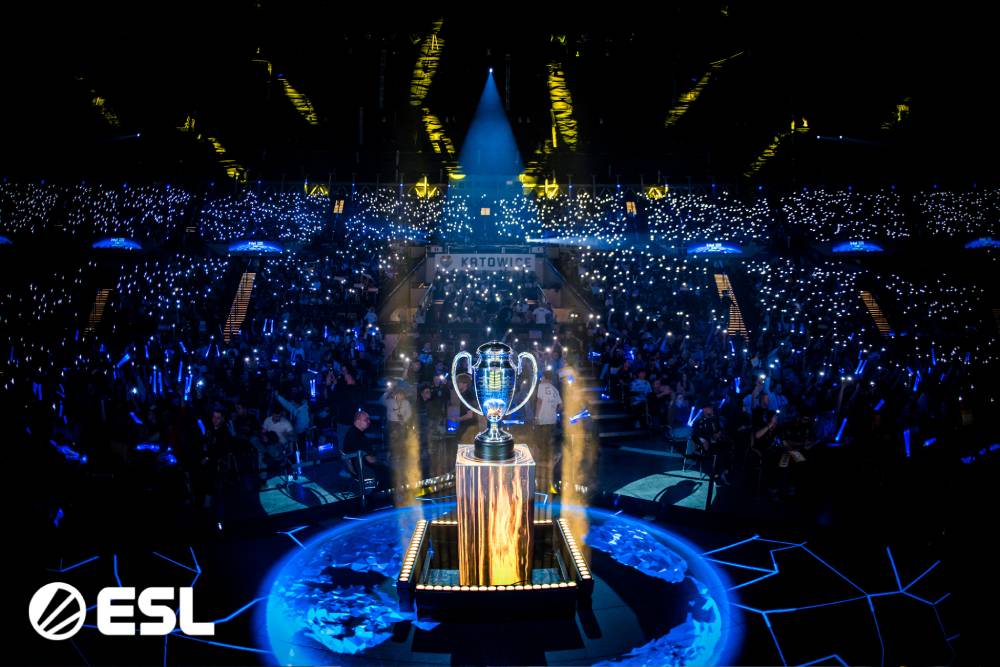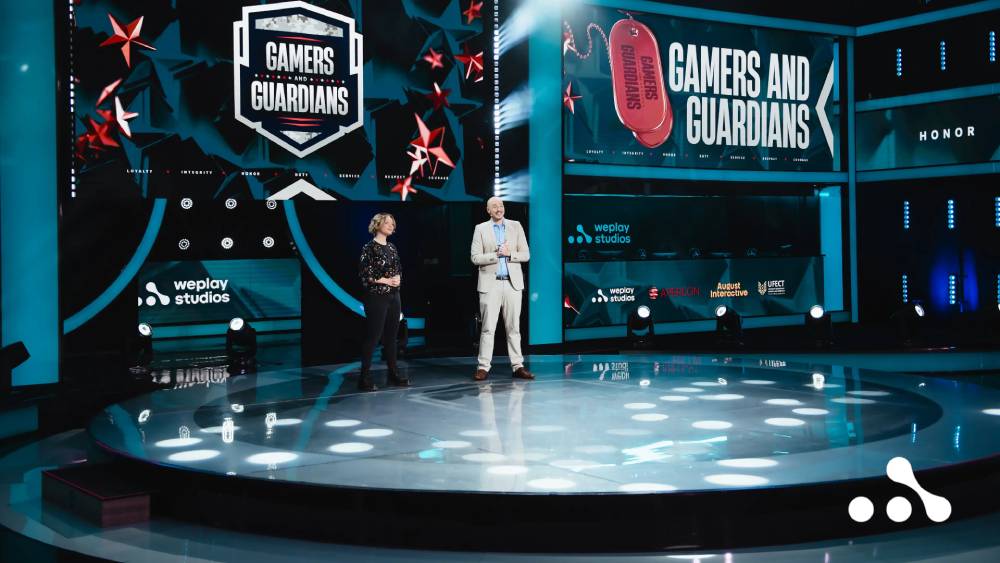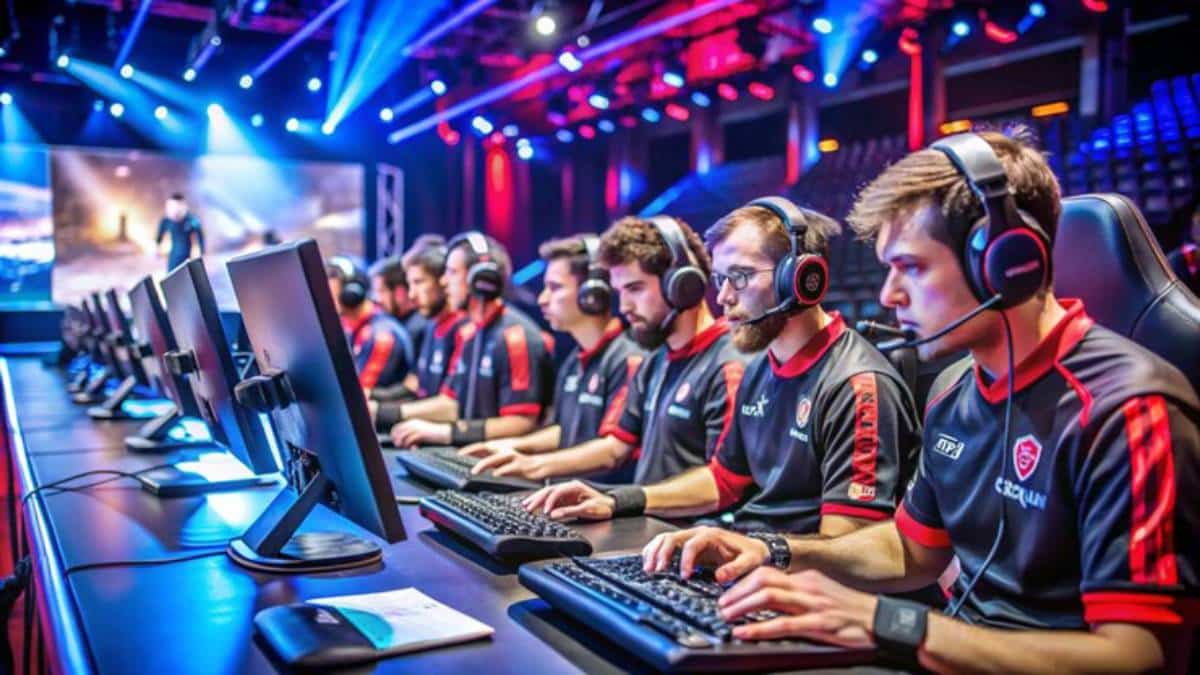
Sustainability in Esports Events: Reducing the Carbon Footprint
Esports has quickly changed from a small hobby to a global entertainment industry. It attracts millions of viewers and brings in billions in revenue. Yet with this growth comes a lesser-discussed consequence: the environmental impact. Esports events, like any big gathering, create a large carbon footprint. This comes from equipment, venue energy use, international travel, and physical waste.
As the world cares more about the environment, organisers, sponsors, and gamers must rethink how they stage events. Can digital-first industries like esports lead the way in sustainable innovation? The answer is a growing yes. A new wave of green esports events is proving that it’s possible to stay competitive while being ecologically responsible.
In this post, we look at how eco-friendly gaming tournaments are changing the scene. We’ll discuss the challenges of making these events greener and the strategies driving sustainable event planning in esports.
Understanding the Environmental Impact of Esports
At first glance, esports may not appear to be particularly harmful to the planet. After all, it’s digital, not physical. But a deeper dive reveals hidden costs:
Key Contributors to the Carbon Footprint:

- High energy use: Gaming PCs, servers, lights, and broadcasting gear need a lot of electricity.
- International travel: Players, production crews, and fans often fly across the globe to attend or compete.
- Electronic waste: Short hardware lifespans and regular upgrades contribute to landfill.
- Venue operations: Single-use plastics, printed merchandise, and inefficient waste disposal at in-person events.
Without sustainable measures, these factors can quickly add up, especially in major global esports tournaments.
Why Sustainability Matters in Esports
The esports industry mainly attracts a young, tech-savvy crowd. Many fans care about the environment. They appreciate companies that act responsibly. As a result, players, viewers, and partners are increasingly demanding action on sustainability.
Benefits of Green Initiatives:
- Brand loyalty: Aligning with eco-values builds trust and engagement with fans.
- Long-term cost savings: Energy efficiency and waste reduction can lower overheads.
- Industry leadership: Early adoption of sustainable practices positions organisers as forward-thinking.
- Regulatory readiness: As governments set tougher emissions rules, those who act early gain an edge in compliance.
The momentum is changing. Those who adapt quickly will influence the future of responsible gaming.
Real-World Examples of Green Esports Events
Several organisations are already leading the charge in eco-friendly gaming tournaments.
1. IEM Katowice (Poland) – ESL & Intel

Efforts included:
- Partnering with local renewable energy providers to power venues
- Encouraging public transport and shuttle use
- Providing reusable water bottles and eliminating single-use plastics
2. Planet9’s Green Esports Campaign
Highlights:
- Incentivised players to offset their gaming energy use by planting trees
- Launched educational content around sustainable gaming setups
3. WePlay! Esports Arena (Ukraine)

Implemented:
- LED lighting systems to reduce power use
- Digital-only tickets and merchandise options to cut down on paper and textile waste
These events demonstrate that sustainability is not a compromise—it’s a competitive edge.
Key Strategies for Sustainable Esports Event Planning
Let’s explore how event organisers can cut their environmental impact. They can do this while still keeping quality and experience high.
1. Energy-Efficient Venue Selection
Why It Matters: Venues produce a lot of emissions from lighting, cooling, and tech needs.
Solutions:
- Choose venues powered by renewable energy
- Use energy-efficient lighting and hardware (e.g., LED walls, energy-rated monitors)
- Schedule events during off-peak energy hours where possible
2. Offsetting Carbon from Travel
The Challenge: International flights greatly add to a tournament’s carbon footprint.
Practical Offsets:
- Partner with airlines offering carbon-neutral flights
- Invest in certified carbon offset programmes (tree planting, reforestation, clean water projects)
- Encourage remote or regional qualifiers to limit long-distance travel
Green esports events often include voluntary offset options for ticket holders and teams.
3. Going Digital with Tickets and Merchandise
Traditional Approach: Physical tickets and printed merchandise create unnecessary paper and textile waste.
Sustainable Upgrade:
- Digital ticketing via apps or QR codes
- E-merch (digital avatars, skins) as giveaways
- On-demand merch printing to avoid overproduction
This not only reduces waste but enhances convenience for fans.
4. Zero-Waste and Recycling Initiatives
On-Site Action:
- Provide clearly labelled recycling stations
- Partner with composting services for food waste
- Use biodegradable or reusable utensils, plates, and cups
Vendor Guidelines:
- Require sustainability pledges from catering and merch partners
- Encourage vendors to source locally to reduce emissions
5. Sustainable Hardware and Tech Choices
For Players and Organisers:
- Use energy-efficient PCs and monitors certified with eco-labels (e.g., Energy Star)
- Opt for refurbished or modular gear that reduces e-waste
- Donate or recycle older hardware responsibly
Smart Integration:
- Place connected fitness devices or energy-monitoring tools in backstage areas. This will help track energy use in real time.
6. Education and Awareness
Engagement Ideas:
- Run in-event campaigns educating attendees on sustainability
- Display carbon savings achieved through specific initiatives
- Encourage players to share eco-conscious practices with their communities
Sustainable event planning thrives when the message is shared and amplified.
The Role of Technology in Greening Esports
Innovation is at the heart of both gaming and sustainability. Technology can be leveraged not only for competition but for ecological efficiency.
Tech-Driven Solutions:
- Smart energy grids for venues to optimise consumption
- Digital twin simulations for better planning of physical spaces and resource use
- AI for logistics to reduce waste and improve scheduling
- Real-time monitoring dashboards to track power and water usage during events
Smart gym gear and connected fitness devices in training spaces show a bigger shift towards sustainable sports tech.
Challenges to Overcome
Despite good intentions, green esports events face several hurdles:
- Costs: Some sustainable solutions require up-front investment
- Venue availability: Not all host cities have eco-certified venues
- Standardisation: There is no global benchmark for sustainability in esports yet
- Awareness gap: Not all organisers, sponsors, or teams are informed about best practices
As sustainability gains importance in all industries, these challenges are tackled with partnerships, innovation, and fan engagement.
How Fans Can Get Involved
Sustainability isn’t only up to organisers. Players and fans also have an important part to play.
Tips for Eco-Conscious Spectators:
- Use public transport or carpool to events
- Choose digital tickets and e-merch
- Offset your travel via reputable platforms
- Support brands and tournaments with proven eco-initiatives
- Spread awareness on social media to encourage community involvement
When fans take action and spend money, they send a strong message to organisers and sponsors.
Playing Green Is the Future
Esports is growing fast. It’s a great chance to create a new standard for sustainable entertainment. With the global spotlight on gaming’s cultural and commercial influence, embracing eco-friendly gaming tournaments isn’t just admirable—it’s essential.
Sustainable event planning can make esports a leader in environmental care. It can achieve this through smart tech, careful planning, and carbon-offsetting ideas.
Take action today: Support the teams, events, and platforms that value the planet as much as the play. In sustainability, we all have a part to play. Winning together is more important than ever.


